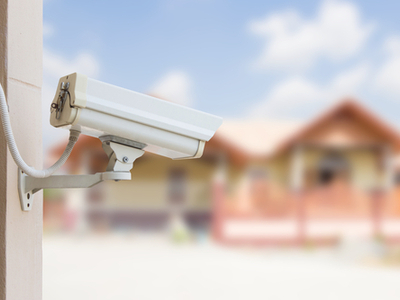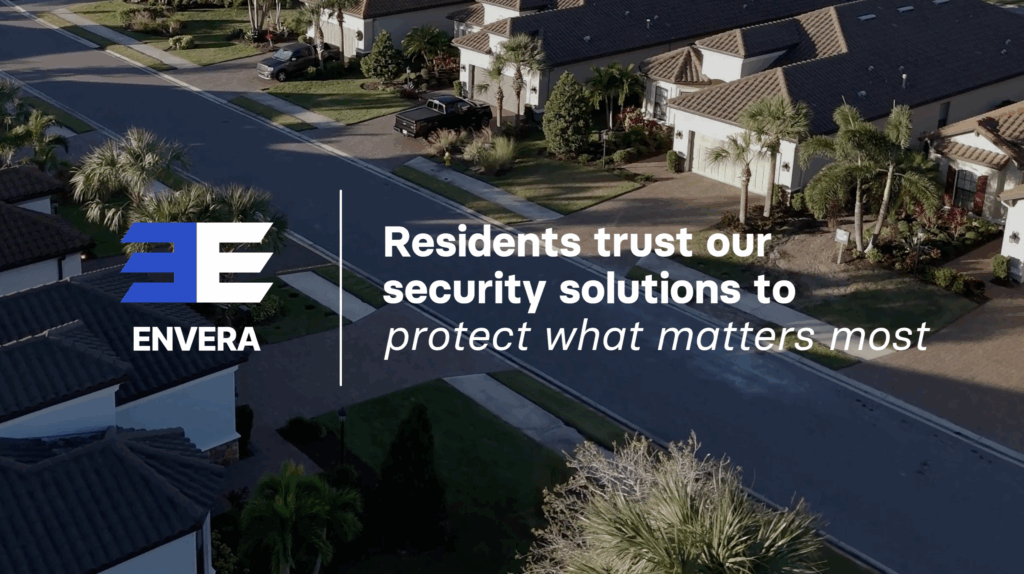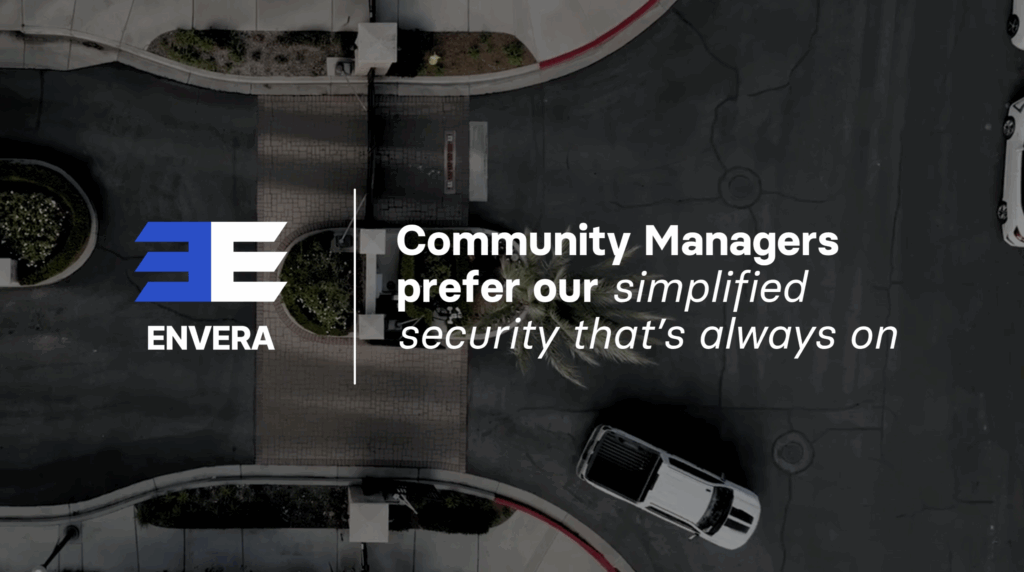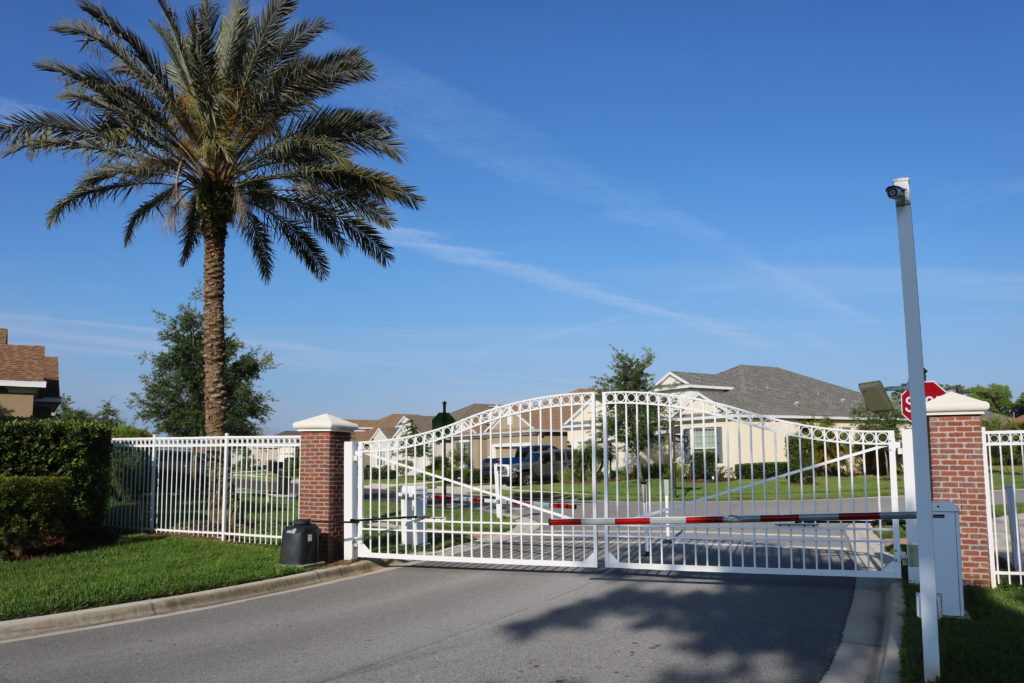The Pros and Cons of using Dummy Surveillance
When security is the topic of discussion for a community, dummy cameras are often proposed as a possible solution. Dummy surveillance, or fake a camera system, are designed to look real in hopes that people will not know the difference. They are often seen as a budget-conscience deterrent that is better than having nothing at all. While there is nothing wrong with that initial point-of-view, it is important to look further into the advantages and disadvantages of fake surveillance to determine if the cameras are truly beneficial.

The first question that communities typically is ask about a possible security systems is, “How much will this cost?” Understandable, and the price of a fake camera is not hard to accept. They are relatively cheap, easy to find, and simple to set up. Plus, dummy cameras won’t require much maintenance once installed. After they are in place, it is possible that a fake camera will scare off amateur thieves.
Although fake cameras are designed to look like real cameras, it is not hard for anyone to learn a few factors that distinguish the two. One common characteristic of phony cameras is a blinking, red light. Most legitimate surveillance cameras do not have one, and that is an easy sign to spot for criminals. Some fake cameras will even come with movement to tilt or pan around an area, but that is not likely to discourage most criminals and many will be aware of these features. Plus, experienced thieves may gain confidence upon realizing that actual surveillance is not installed.
Communities also have to remember that a fake camera is only a deterrent – nothing more. If an incident happens at the entrance, amenity, or somewhere else in the neighborhood, there will not be footage or proof. This greatly decreases the chances that the community will be able to find the people responsible for damage. Preventing or deterring crime is always the first step in a successful security plan, but an efficient plan includes methods to provide evidence when needed.
Associations also need to consider the legal implications when using a fake camera at amenities or assets within the community. If a crime occurs in an area where fake cameras are located, the association risks having created a false sense of security for residents and visitors. Lawsuits have been filed before against communities that implied security existed. To decrease this risk, a community could make residents aware that the cameras do not actually record any footage, but that information is likely to become known outside the neighborhood. Additionally, some security providers will not install fake cameras because of the liability.
Finally, security systems are frequently researched and installed for peace of mind. However, installing fake surveillance is likely to have the opposite effect. Instead, communities will continuously question if the dummy cameras are deterring crime, and how the community will deal with an incident when it happens. Phony security systems do not provide comfort.
In the end, real video cameras and security methods are invaluable investments. The two types of video surveillance that are most effective in community associations are passive video surveillance and active video surveillance. The passive system is ideal at community entrances and can also be used at other assets. Active surveillance is a preventative system that can signal a guard when trespassers enter an amenity area after hours. This system works best with two-way audio so that the trespassers can be addressed immediately.

While real video surveillance systems do require maintenance, there are security providers that will help support the system. This can include camera checks to make sure they are working properly and that the picture is clear. Some companies will also inform communities when an incident occurred, and retrieve the watermarked video so that the community has valuable evidence.
In addition, landscaping and lighting around a neighborhood should be regularly checked. Well-lit areas and manicured landscapes are less likely to create hiding spaces for potential thieves or trespassers and increase the chances that they will be seen. Burglar alarms for homes, access control, and gate security systems with guards or virtual guards are also beneficial for overall security.
Cutting costs will not solve a community’s concerns, especially when it comes to video surveillance. For communities that do choose to install fake cameras, it is important to understand the possible ramifications. Ultimately, most do not want to pay the price later. Plus, there are many options for systems and providers available so that communities can find the best fit for their needs and budget.
You can read the complete issue and original article here: FLCAJ – August
You can also download the article here.





